From some night photography testing that was done by Alpa, maker of fine Tech camera solutions for Medium and 35mm format, it appears that the Live View Screen of the IQ250 is going to work exceptionally well in low light. This is a huge deal!!.
Currently the only other DSLR with Live View in the 30MP or greater size is the Nikon D800/D800E and to be honest their Live view implementation suffers here.. Nikon is working with a 36MP CMOS sensor and in normal or bright light, you can see the image fine to get a good sharp focus. However in low light or near dark, the screen is covered up with noise and it’s really impossible to see anything well enough to focus the image. I have tried many different solutions, but no matter what you do the image will be covered up in large banding and noise. I have tried increasing the gain by temporarily increasing the ISO to around 3200, which makes things much worse, and by opening up the camera to the widest aperture, but you still can’t really get enough information. The other issue is with many Nikon lenses, you will see a bit of focus shift from say F2.8 to F 5.6. So what may look in sharp focus when focusing with Live View at F2.8 will be out of focus enough not to get a good image.
What Alpa noticed during their testing is that when using Live View on the IQ250, in low light or even dark conditions (see image above taken after dark), is that the Screen almost becomes a night vision device. This is really a nice feature and one that is not getting much notice, which surprises me. This is truly a revolutionary feature for sure.
With Canon, I have found that starting with the 5D MKII, and up, it seems that Canon developed a way to buffer out the noise when using live view in low light. For my night photography working with a 3/4 moon or more, most times I can still use Canon live view with my lens wide open to help frame the shot. Not really as much to focus as the image will not be that sharp. But if you tried the same thing with a Phase One IQ250, it seems that you would be able to not only see the entire subject clearly, but be able to gain full focus on it. I am sure that Alpa was using one of their tech camera for the testings not a Phase One DF+ camera body so no AF was used. Since the image can be seen so clearly it would be most interesting to see just how well Auto Focus does work!
This is not a cheap camera by any means, but it’s clear that Phase One thought ahead on this one and designed a way to allow the photographer to best utilize the IQ LCD in all lighting conditions.
Here is close up of the same shot showing a bit more of the details that can be captured from a totally dark scene. This reminds me of some of the middle of the line Sony all in one cameras, like the Sony Cybershot F828, which some people felt actually did have a night vision system since you could see so well at night with it. Of course that was a 8MP solution from 2004, and now Phase One seems to have something similar in a 50MP solution.
Photo credit goes to Alpa camera, of Switzerland
Read the entire Alpa Blog post here: Alpa Blog post on IQ250
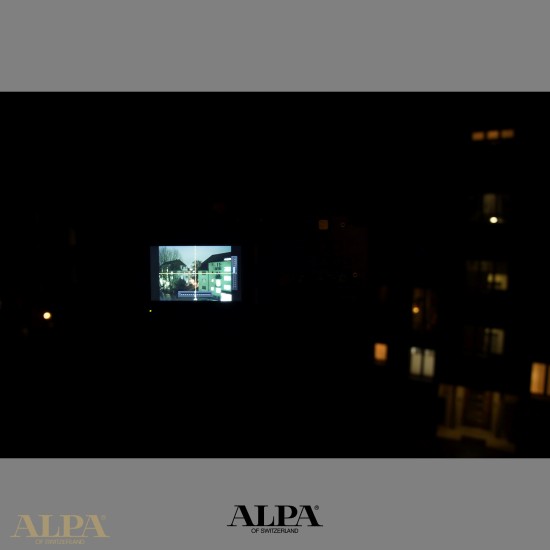
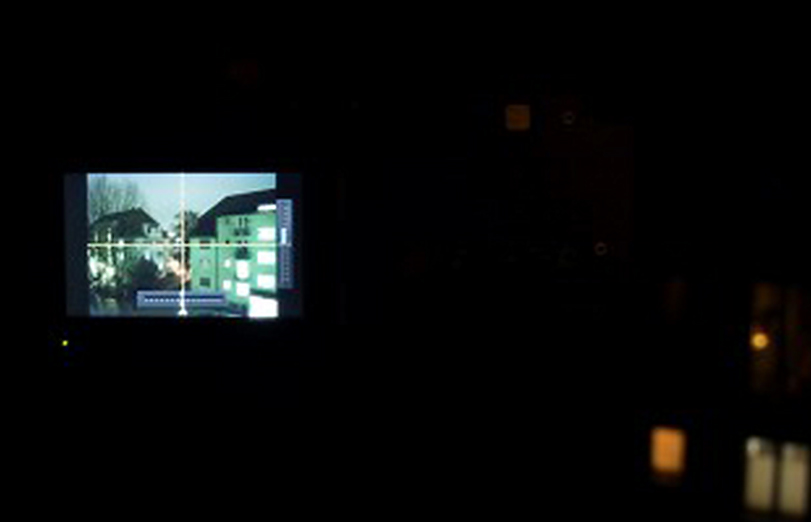
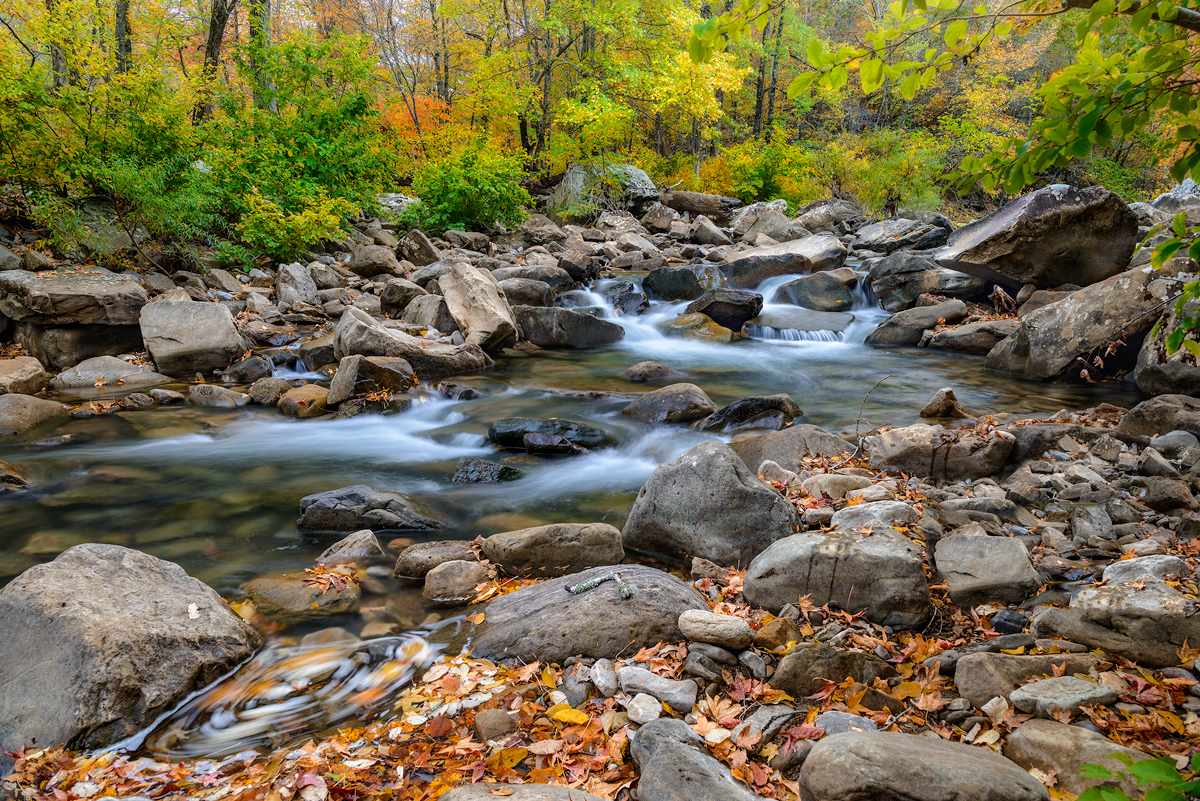
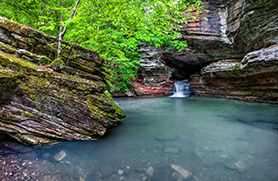
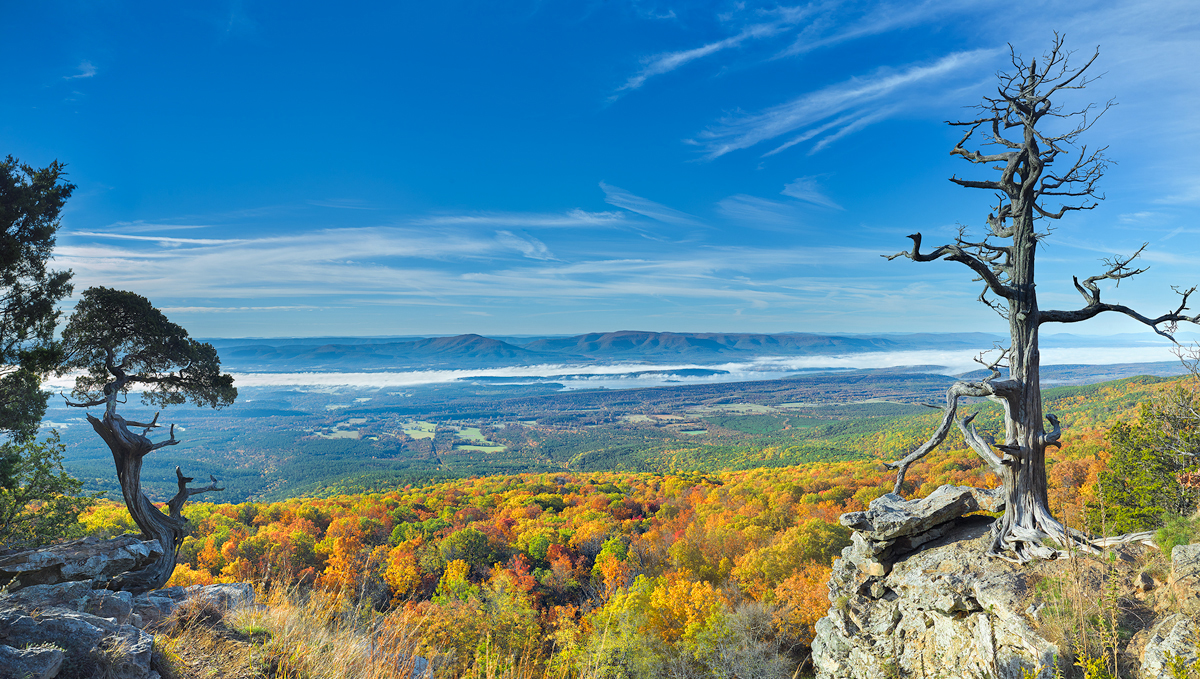
Recent Comments